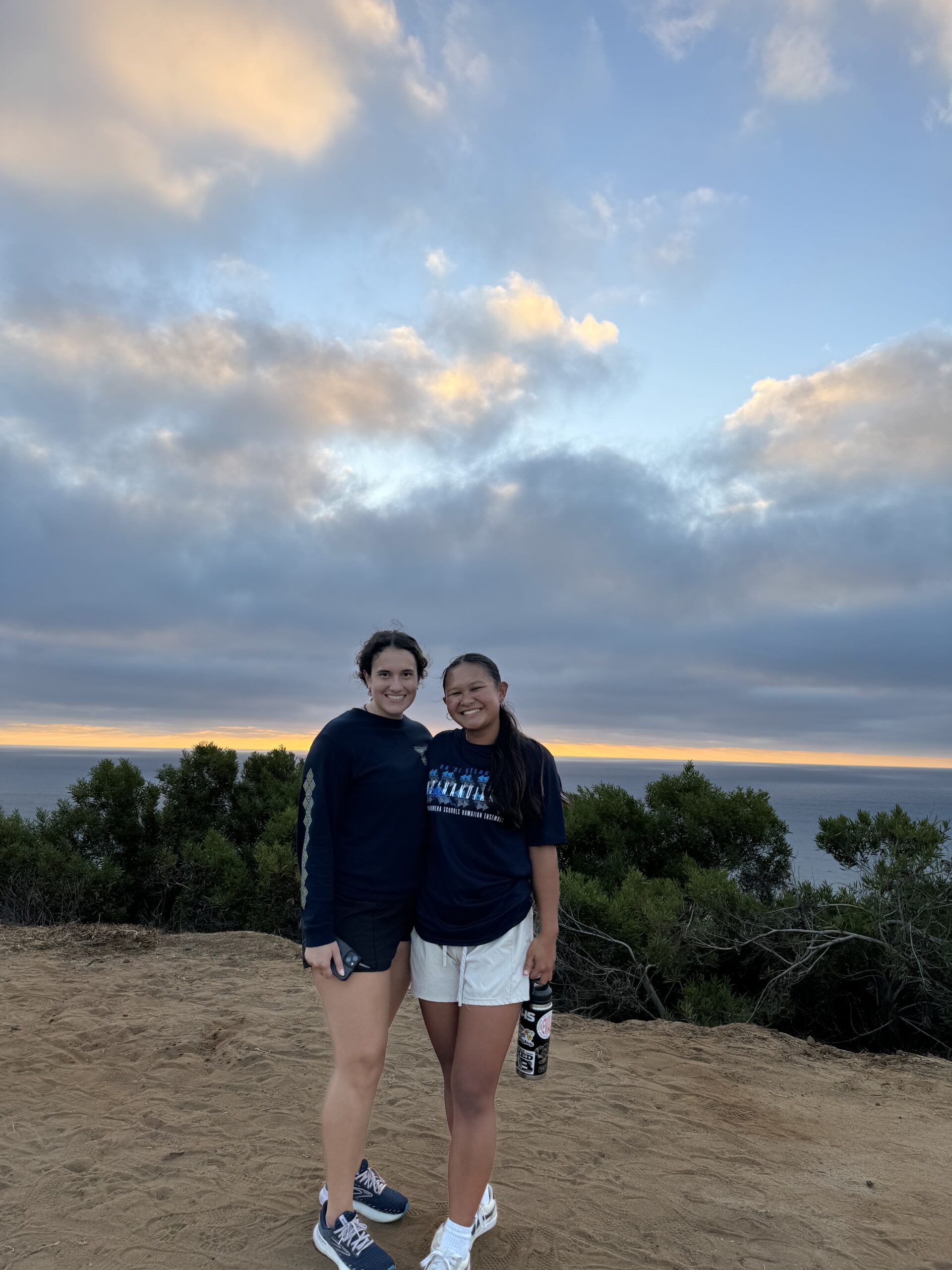After two years of probation, PLNU athletes are now fully realized NCAA Division II (DII) members. Everything from the NCAA logos on polos, to the new plaques on the wall in the gym can be seen as part of the transition as PLNU continues in its first year as a DII member.
The athletic department has been planning this transition for years. They have made several moves in terms of hiring and educating coaches and athletes during the previous years.
The recent two-year examination process – termed probation – involves keeping university athletics within compliance. Compliance is the official NCAA DII term regarding the conditions, rules and regulations that the athletes and coaches of any DII university agree to obey. A university must prove its ability to operate under these guidelines for a two-year probation period before officially being accepted as an NCAA DII member.
Athletic director Ethan Hamilton explained that compliance is the way the NCAA maintains equality for all DII teams.
“The intent of everything they [NCAA] put in compliance is to create a level playing field and protect student athletes,” said Hamilton.
Baseball player Michael Randel finds that compliance, though it involves daily work, is a necessary aspect of being an NCAA athlete.
“NCAA compliance is involved in my life everyday [because] we have to sign a CARA [Countable Athletically Related Activities] log every week,” said Randel. “But it helps to keep all athletes and programs equal throughout the country.”
While also being a system that keeps coaches and athletes on even terms within and without the university, it is also a way for the university to keep up a dialogue with the NCAA.
“The NCAA is made up of 350 DII universities,” said Hamilton. “Universities and conferences are actually the ones proposing the [compliance] rules and voting on them. NCAA merely enforces those rules.”
For Hamilton, handling compliance is what separates NAIA and NCAA.
“One of the biggest differences between NCAA and NAIA is a compliance officer,” said Hamilton.
NCAA requires that all universities within DII membership have a compliance officer. When PLNU applied for membership, the university created the compliance officer’s position.
The compliance officer handles all compliance between the university and its athletic department. This individual is also responsible for bringing any issues to the attention of the NCAA.
Hamilton explained that Jackie Armstrong, the compliance officer at PLNU, has one of the toughest jobs on campus because of sheer workload.
“In the beginning we were doing weekly one hour education sessions with the coaches,” said Hamilton. “She put together over 30 PowerPoint presentations during that year and had weekly two hour meetings with me.”
Armstrong’s official title with the school is associate athletic director for compliance. She oversees everything from violations of compliance to questions about specific activities over the summer. In every case, Armstrong is working to keep athletes on the fields, courts and tracks.
“My job is to make sure athletes stay eligible,” said Armstrong. “I work with records and financial aid to educate people on procedures, implement those procedures, monitor procedures and communicate with NCAA if there is a violation.”
While gaining NCAA DII membership was an involved process, both Armstrong and Hamilton find that the campus atmosphere at PLNU has helped to facilitate the transition from NAIA to NCAA.
“The NCAA has more rules than NAIA,” said Armstrong. “But PLNU was already doing things well and it didn’t really change a lot here for us.”
Hamilton also felt that the move to NCAA DII was natural, though he attributes the ease in the transition to the Christian aspect of PNLU.
“I have felt that it’s a good fit with the type of institution of we are,” said Hamilton. “Being a Christian university and having that as a huge aspect of everything we do means we should be doing things in an ethical manner and following rules. We’re doing things right, we were doing things right even before we made this transition.”







